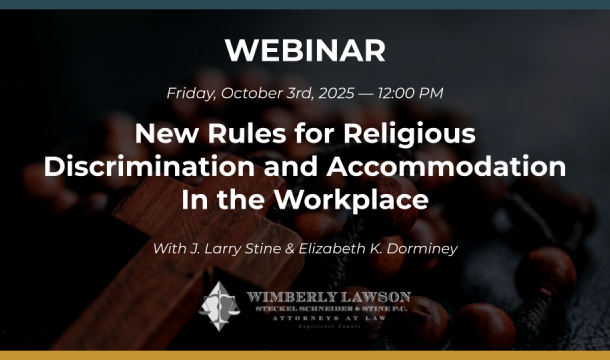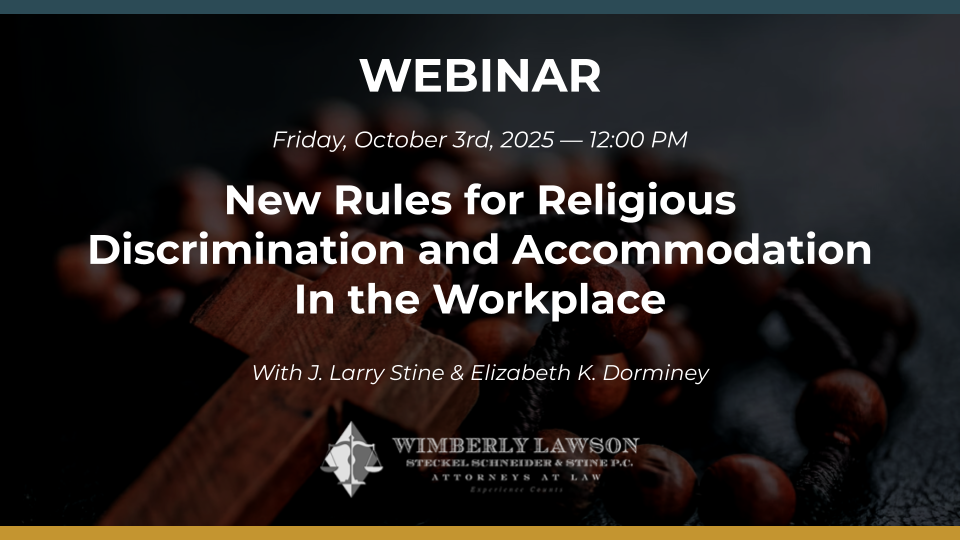Worker Misclassification Results in Liability for Unpaid Overtime
A Louisiana plastering company learned an expensive lesson in worker classification for overtime purposes when it agreed to pay 147 workers $365,000 in back wages for unpaid overtime. This administrative settlement resolved a complaint from the U.S. Labor Department that the company had misclassified employees as independent contractors.
Brownlow Plastering LLC used a "labor broker" to recruit and hire workers it classified as "independent contractors." Brownlow paid those workers a fixed hourly rate for hours beyond 40 in a week. The DOL's Wage and Hour Division, however, concluded that the broker was a direct employee, as were the painters and drywall installers recruited by the broker. As direct employees, the workers would be subject to the Fair Labor Standards Act and owed time-and-a-half their normal hourly wage for time exceeding 40 hours in a week.
In support of its conclusion that the workers were employees, the DOL noted that the workers did not provide services to other businesses and received all of their supplies from Brownlow.
This case is an example of how using an outside contractor to supply workers does not automatically mean that a company does not have to pay those workers overtime. There are several factors that go into the determination of whether a worker is an "employee" or an "independent contractor" under the federal wage and hour laws. It is wise for a company to consult with competent counsel to make sure that its workers are properly classified and paid.
Note also that the DOL's Wage and Hour division considers misclassification of employees as independent contractors to be a top enforcement priority, so it is likely that there will be other cases like this.

Kathleen J. Jennings is a former principal in the Atlanta office of Wimberly, Lawson, Steckel, Schneider, & Stine, P.C. She defends employers in employment matters, such as sexual harassment, discrimination, Wage and Hour, OSHA, restrictive covenants, and other employment litigation and provides training and counseling to employers in employment matters.
Related Content
Get Email Updates
Recent Content

Trump Nominates Appointments to NLRB and EEOC but Policy Changes Likely to Be Delayed

DOL Launches Self-Audit Programs Designed to Help Employers Improve Compliance

DOL Must Release EEO-1 Reports to the Public under Open Records Laws

Current Advice on Active-Shooter Situations

New Policy for Federal Workers and Religious Expressions

